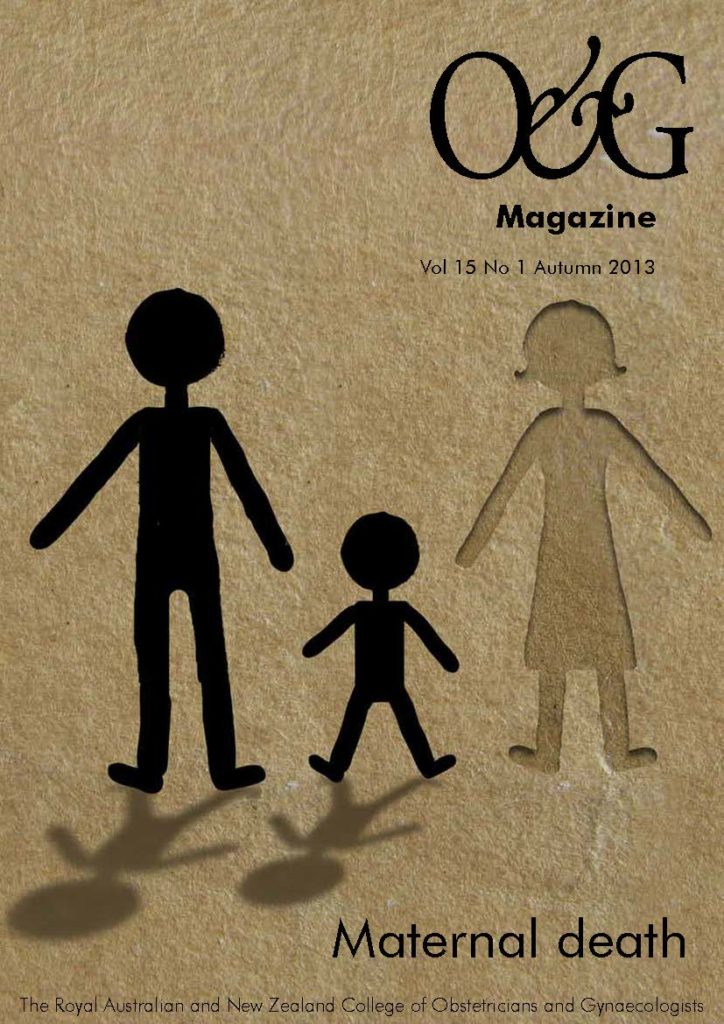The death of a mother: tragic, horrific, incomprehensible and probably the most terrifying scenario that we face as medical professionals working in obstetrics.
The sad fact remains: women continue to die in childbirth and the puerperium. Birth, pregnancy and the postpartum period are still dangerous. These facts cannot be pushed to the back of our consciousness and, moreover, as responsible clinicians, we must confront them in order to stop women dying from preventable or treatable conditions.
The maternal mortality rate (MMR) in Australia currently sits at 8.4 per 100 000 live births. Thanks to improved recognition and treatment of high-risk presentations in the antenatal, intrapartum and postpartum periods, the MMR in Australia has dropped dramatically compared to even 50 years ago and is exponentially better than in areas with poor access to obstetric and midwifery care. For comparison one only needs to look to Sub-Saharan Africa, where the maternal mortality rate is just under 500 per 100 00 live births.
As outlined by Dr Jayaratnam, in his article on maternal ‘near miss’ events, the dramatic improvement in the MMR in the developed world does not mean we can rest on our laurels. There is always room for improvement. By analysing cases of women who suffered severe morbidity we are able to identify areas in which we can continue to improve as we strive to provide the best care possible for women.
In this issue of O&G Magazine, we examine a number of the more common causes of maternal mortality, ranging from the elusive and terror-inducing amniotic fluid embolus to the more clearly understood, but no less terrifying, postpartum haemorrhage. We discuss eclampsia/pre-eclampsia, cardiac disease, thromboembolic disease and sepsis. Importantly, this issue also covers what is sometimes the forgotten killer – psychiatric disease – as well as the crucial role of teamwork in managing life-threatening situations in obstetric care.
For all our readers in general practice there is an article that is of particular pertinence about the crucial role you can play, as primary care providers, in detecting women at risk and initiating treatment where suitable, including organising referral with appropriate urgency.
It is our hope that everyone can learn something from this issue and that we can work towards lowering the maternal mortality rate further. Even one death is one too many.
On a less solemn, but no less important note, the accuracy and relevance of the material published in this magazine is of the utmost importance to the O&G Magazine committee. In the interest of achieving these objectives, we are pleased to announce that a number of articles in each issue will now be peer reviewed. In the coming months we will be inviting select members of the College to become peer reviewers. We also welcome any interested members to contact us directly.






Leave a Reply